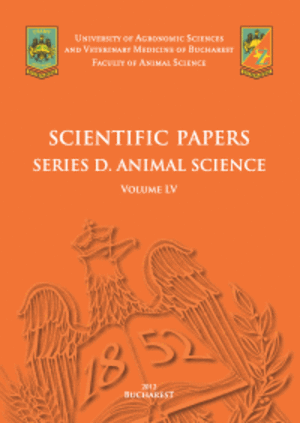Published in Scientific Papers. Series "Management, Economic Engineering in Agriculture and rural development", Vol. 25 ISSUE 1
Written by Valentina SIMION, Liviu MARCUTA, Maricel CAZACU, Nicolae MINEA, Camelia HODOAȘAN
Decoupling economic growth from CO2 emissions completely is still a key goal of sustainability programs. According to the current research, nations with faster energy transitions and advanced technologies typically see a sharper decoupling, meaning that real GDP growth is attained without a rise in greenhouse gas emissions. This indicates that the economy is moving in the right direction. This study emphasized the various viewpoints on the dynamics of CO2 emissions and the interplay between political, economic, and energy issues in European nations between 2021 and 2023. Both external and internal variables—such as the pandemic, energy crises, and geopolitical conflicts—have had a significant impact on CO2 emissions. Internal elements include national policies and economic dynamics. Emissions variations have been significantly impacted by these world events, underscoring the weaknesses and adaptability of country economies. During pandemic limitations, emissions temporarily decreased in tourism-oriented nations like Malta, Italy, and Spain; however, as economic activity resumed, emissions increased. In contrast, economies focused on heavy industry, such as Poland and Germany, had a different response, driven by reliance on traditional energy sectors and the pace of the energy transition. An essential indicator for evaluating economic sustainability is the ratio between CO2 emissions and real GDP. In this context, the purpose of the work was to analyze and evaluate the evolution of CO2 emissions in relation to the economic growth recorded by European countries, in the period 2021 - 2023, in the conditions of the need for energy transition and the existence of crises such as energy, the Covid-19 pandemic or geopolitical conflicts. Also, determining the degree of decoupling between CO2 emissions and GDP growth had the objective of highlighting the differences between advanced economies and those in transition. The data that were the basis of the analysis were given by Eurostat, but also by a rich specialized literature represented by articles and scientific research. To carry out the research, we used a combination of statistical and economic methods (descriptive indicators, growth or decline rates, statistical correlations, etc.), but also graphical methods for data visualization. The research confirms that developed countries are performing better due to advanced technologies and faster transition to renewable energy sources. However, countries in transition, which are struggling due to older infrastructure and limited resources, need additional support to achieve their climate goals. Although biofuels are an important component in the transition to cleaner energy sources, their effect on reducing total emissions remains modest. Their impact is often masked by factors such as electrification policies, the adoption of renewables and the overall structure of the energy mix. To better understand the contribution of biofuels, a segmentation by economic sectors such as transport and industry is needed, which future research aims to address. In conclusion, monitoring fluctuations in CO2 emissions and correlating them with economic and energy factors remains essential to assess progress towards climate neutrality. Country-specific policies and support for economies in transition will play a critical role in achieving global climate goals.
[Read full article] [Citation]
SIMION V., MARCUTA L., CAZACU M., MINEA N., HODOASAN C. 2025, THE IMPACT OF THE USE OF BIOFUELS ON CO2 EMISSIONS AT THE LEVEL OF EUROPEAN COUNTRIES FROM THE PERSPECTIVE OF ABSOLUTE DECOUPLING . Scientific Papers. Series "Management, Economic Engineering in Agriculture and rural development", Vol. 25 ISSUE 1, PRINT ISSN 2284-7995, 829-840.


 Next Issue will be published according the the calendar.
Next Issue will be published according the the calendar.



